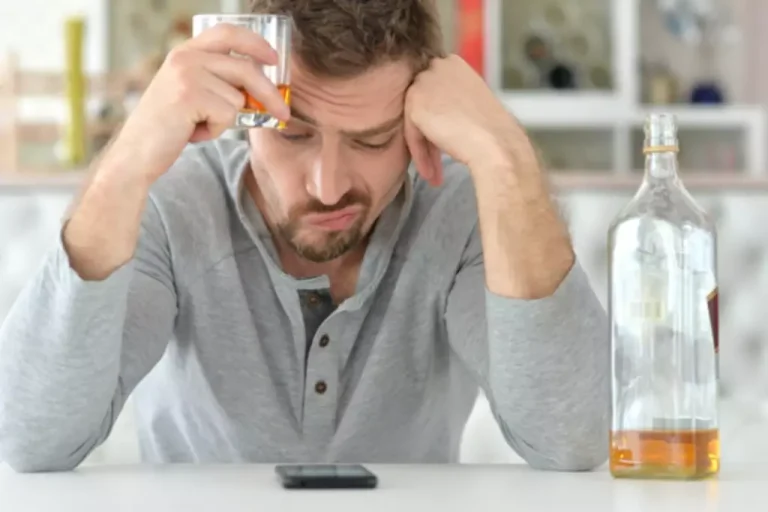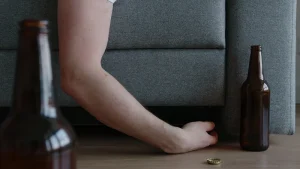
A person living with an addiction may find that they cannot control their use of a particular substance or activity, such as drinking alcohol, smoking, using recreational drugs, or gambling. Your doctor may prescribe medication to ease severe symptoms of withdrawal. Your doctor may also prescribe other medications to help relieve symptoms of anxiety, depression, and aggression. You may be unsuccessful at cutting down or stopping your use of amphetamines. You may continue to crave the stimulant amphetamine addiction even though you know they’re causing persistent or recurrent physical or psychological problems. Different types of medications may be useful at different stages of treatment to help a patient stop abusing drugs, stay in treatment, and avoid relapse.
- MA is considered a more potent derivative of AMPH, with a longer duration of action and increased ability to cross the blood–brain barrier; and global shifts in the illicit stimulant market have resulted in the predominance of MA 2, 3.
- For example, regarding amphetamine addiction, people tend to depend on the drug to boost their improvement in work or studies.
- Differences across ethnic groups within the United States are sometimes found, but seem to be more of the function of social class than ethnicity (Bloom and Cohen 2007).
Early Recovery
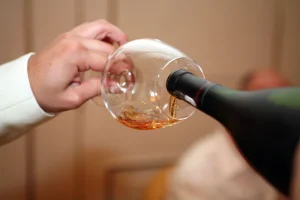
Other examples include ketamine and flunitrazepam or Rohypnol — a brand used outside the U.S. — also called roofie. These drugs are not all in the same category, but they share some similar effects and dangers, including long-term harmful effects. Since medical experts can prescribe amphetamines, it’s easy to get into a false sense of security regarding their addictive nature. However, all pills have the potential to cause addiction whether they are legal or otherwise. Therefore, it’s imperative to read the warning signs and understand the risks before taking them. Amphetamines have a high potential for addiction, with some individuals becoming so reliant on the drug they feel they need it just to get through the day.
- Methamphetamine causes increased activity, decreased appetite, and a general sense of well-being.
- According to this document, the diagnosis of ADHD is to be made by “experienced clinicians” and in accordance to the DSM-IV.
- An overdose happens when the person uses enough of a drug to produce uncomfortable feelings, life-threatening symptoms, or death.
- Research shows that when treating addictions to opioids (prescription pain relievers or drugs like heroin or fentanyl), medication should be the first line of treatment, usually combined with some form of behavioral therapy or counseling.
- The effects of MPH and d-AMP have been determined on several tests used to study cognitive control, including the go/no-go task, the stop-signal task, and the Flanker test.
Can I drink alcohol with amphetamines?
Psychotic reactions include hearing and seeing things that are not there (auditory and visual hallucinations) and false beliefs (delusions), such as a feeling of having unlimited power (omnipotence) or of being persecuted (paranoia). Although these effects can occur in any user, people with a mental health disorder, such =https://ecosoberhouse.com/ as schizophrenia, are more vulnerable to them. Amphetamines include the drug amphetamine and its many variants such as methamphetamine (speed or crystal meth) and methylenedioxymethamphetamine (MDMA, Ecstasy, or Adam). Methamphetamine is the most commonly used amphetamine in the United States. Amphetamines are usually taken by mouth but can be snorted, smoked, or injected. In a 2017 survey of Ontario students in grades 7 to 12, about two percent of students reported non-medical use of ADHD stimulant drugs in the past year.
- Research suggests that transient psychotic symptoms are observed in up to 40% of MA-using populations 79 and possibly more amongst treatment seekers.
- The NCAA acknowledges that nonstimulant medication may not be as effective as stimulant medications in treating ADHD.
Symptoms
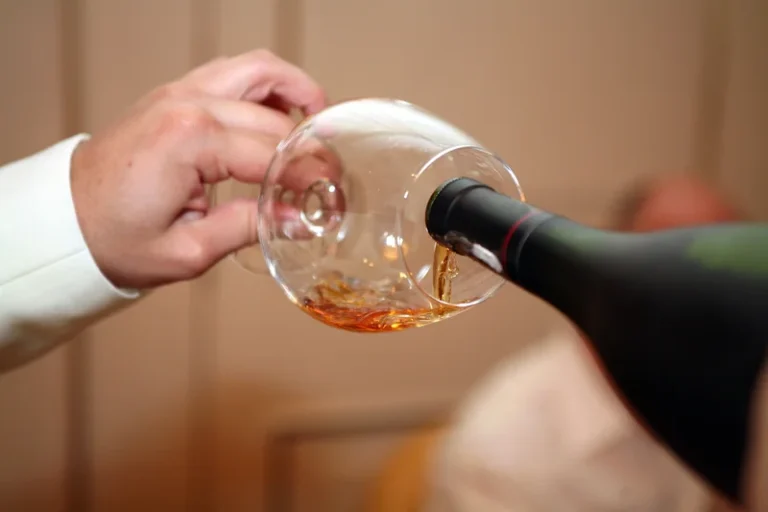
In February 2005, the brand medication Adderall XR (Shire BioChem Inc, Quebec, Canada) was withdrawn from the Canadian market by Health Canada. Case reports on serious cardiovascular adverse drug reactions (ADRs), sudden death, and psychiatric disorders led regulatory agencies to warn against the use of MPH in the pediatric population in 2006 and 2007 (European Medicines Agency 2007). In 2006, warnings were also linked to atomoxetine use due to reports of hepatotoxicity and suicidal thoughts in children.
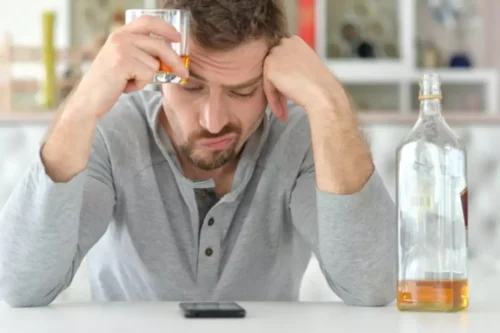
If you take an immediate-release amphetamine, wait at least four to six hours before drinking any alcohol. If you take an extended-release amphetamine, wait at least eight hours before drinking alcohol. The estimated annual prevalence of a stimulant use disorder involving amphetamines is 0.2 percent among U.S. adults, according to the DSM-5. A Sober living home person’s first step toward recovery is to reach out to a friend, family member, or healthcare professional to seek help. A person may need help for different types of substances or for mental health conditions alongside substance misuse.
